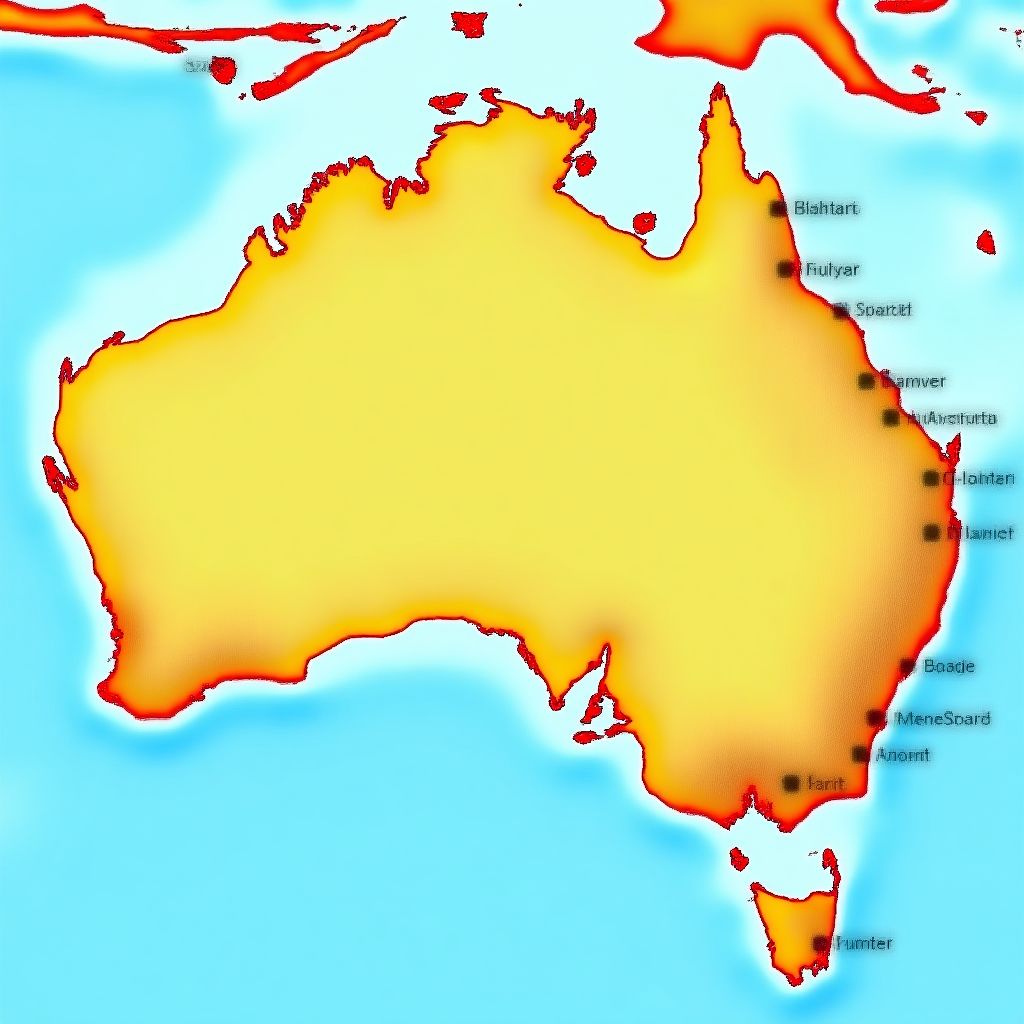Australia's Best Surfing Beaches
Discover pristine coastlines with perfect waves and relaxing vibes
Top Surfing Destinations
Australia boasts some of the world's most spectacular surfing beaches, from beginner-friendly breaks to challenging reef breaks that attract professionals from around the globe.

Gold Coast, Queensland
The Gold Coast is Australia's surfing mecca with 70km of pristine coastline. Surfer's Paradise isn't just a name - it's a reality with consistent breaks year-round. The area features world-famous point breaks like Snapper Rocks and Burleigh Heads, hosting international competitions that draw the elite of surfing. Beyond the waves, Gold Coast offers vibrant nightlife, theme parks, and rainforest hinterland, making it the perfect destination for surfers who want excitement both on and off the water. The warm subtropical climate ensures comfortable surfing conditions throughout the year.
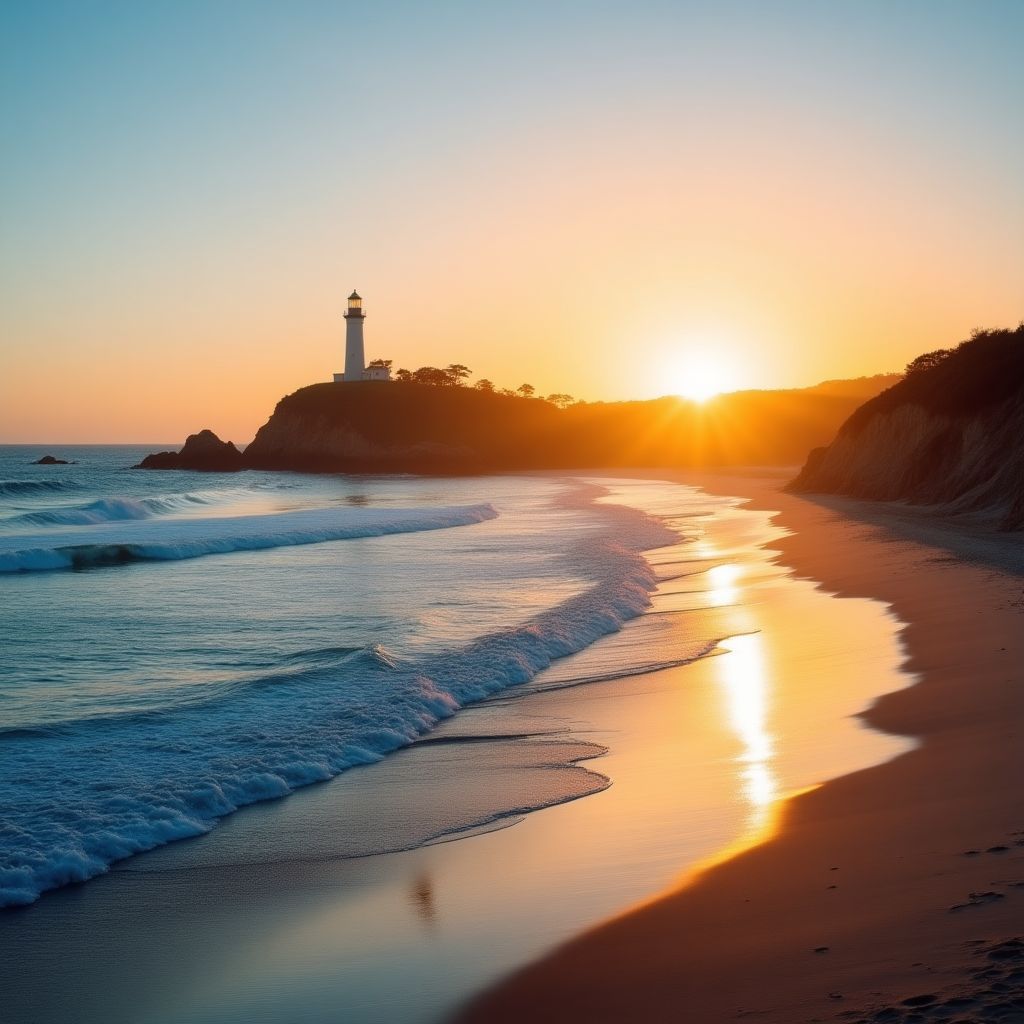
Byron Bay, New South Wales
Byron Bay combines world-class surfing with a laid-back bohemian atmosphere that has made it a favorite among surfers seeking both waves and relaxation. The Pass offers one of Australia's most perfect right-hand point breaks, while Wategos Beach provides gentler waves for beginners and longboarders. Byron's unique position as Australia's most easterly point creates diverse surfing conditions suitable for all skill levels. The town itself is a cultural hub with organic cafes, yoga retreats, and music festivals, embodying the perfect surf-life balance that has attracted a vibrant community of wave-chasers and creative souls.
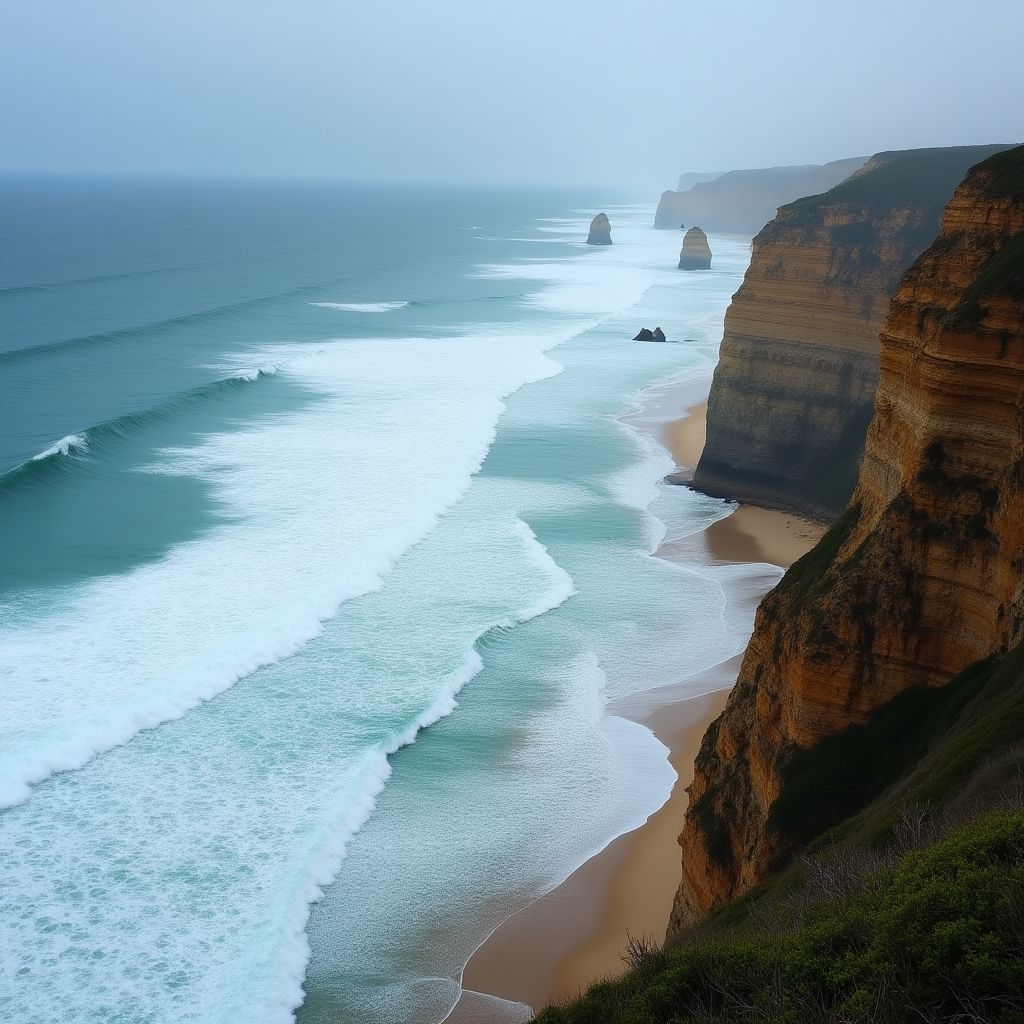
Bells Beach, Victoria
Bells Beach is an iconic surfing location steeped in history as the home of the world's longest-running professional surfing contest, the Rip Curl Pro. Set against dramatic cliffs along Victoria's Great Ocean Road, Bells offers powerful, challenging waves that have tested the world's best surfers since the 1960s. The reliable Southern Ocean swells create consistent surfing conditions, particularly in autumn when the famous "Bells Bowl" truly comes alive. The cooler waters and rugged landscape offer a stark contrast to Australia's northern beaches, providing serious surfers with an authentic experience on waves that have become legendary in surfing folklore.
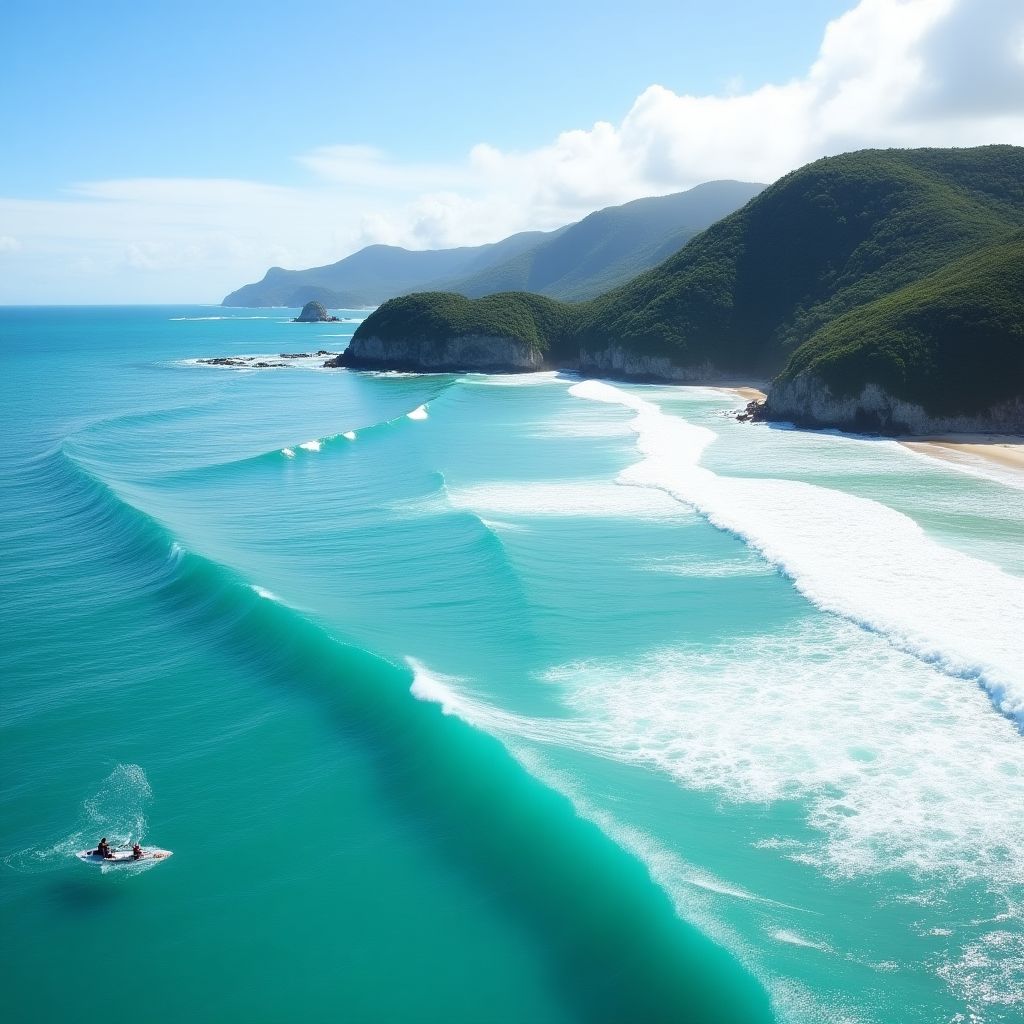
Noosa, Queensland
Noosa has earned its reputation as one of the world's premier longboarding destinations, with its perfectly peeling right-hand point breaks offering rides of up to 200 meters when conditions align. The series of points within Noosa National Park - Tea Tree, Granite Bay, and the famous First Point - provide options for different swell directions and skill levels. Unlike many surf spots, Noosa combines exceptional waves with upscale amenities, from luxury accommodations to fine dining along Hastings Street. The stunning natural setting within the national park, with koalas often spotted in the trees above the surf breaks, creates a uniquely Australian surfing experience that balances natural beauty with perfect waves.
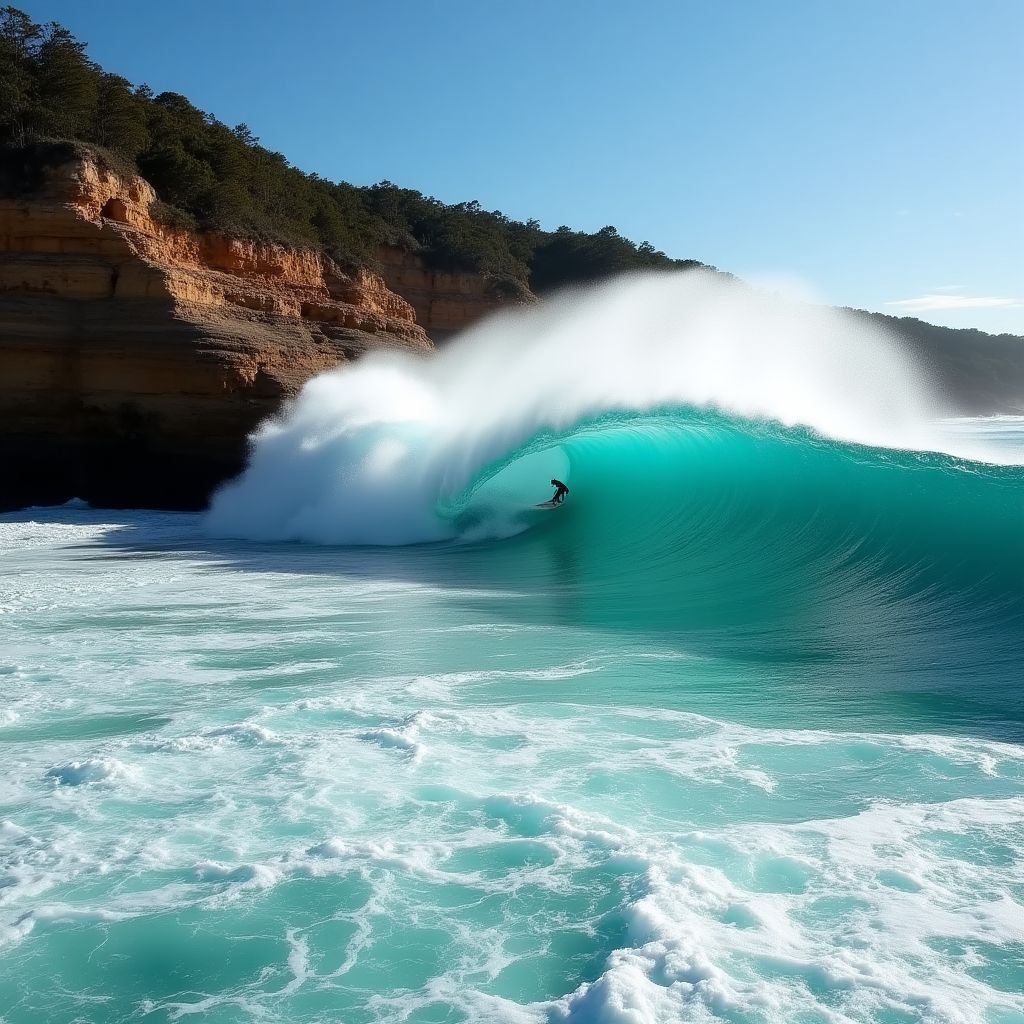
Margaret River, Western Australia
Margaret River represents Australia's wild west of surfing, with powerful Indian Ocean swells creating some of the country's most challenging and rewarding waves. This region offers over 40 surf breaks along 130km of coastline, from the famous Mainbreak and The Box to hidden gems accessible only by four-wheel-drive. What makes Margaret River truly special is the combination of world-class surfing with award-winning wineries, gourmet food, and ancient limestone caves all within a short drive. The raw natural beauty of the region, with its towering karri forests meeting the turquoise ocean, provides a dramatic backdrop for surfers seeking adventure in one of Australia's most pristine coastal environments.
Surfing Gallery
Experience the beauty and thrill of Australia's premier surfing locations through our curated collection of stunning imagery.
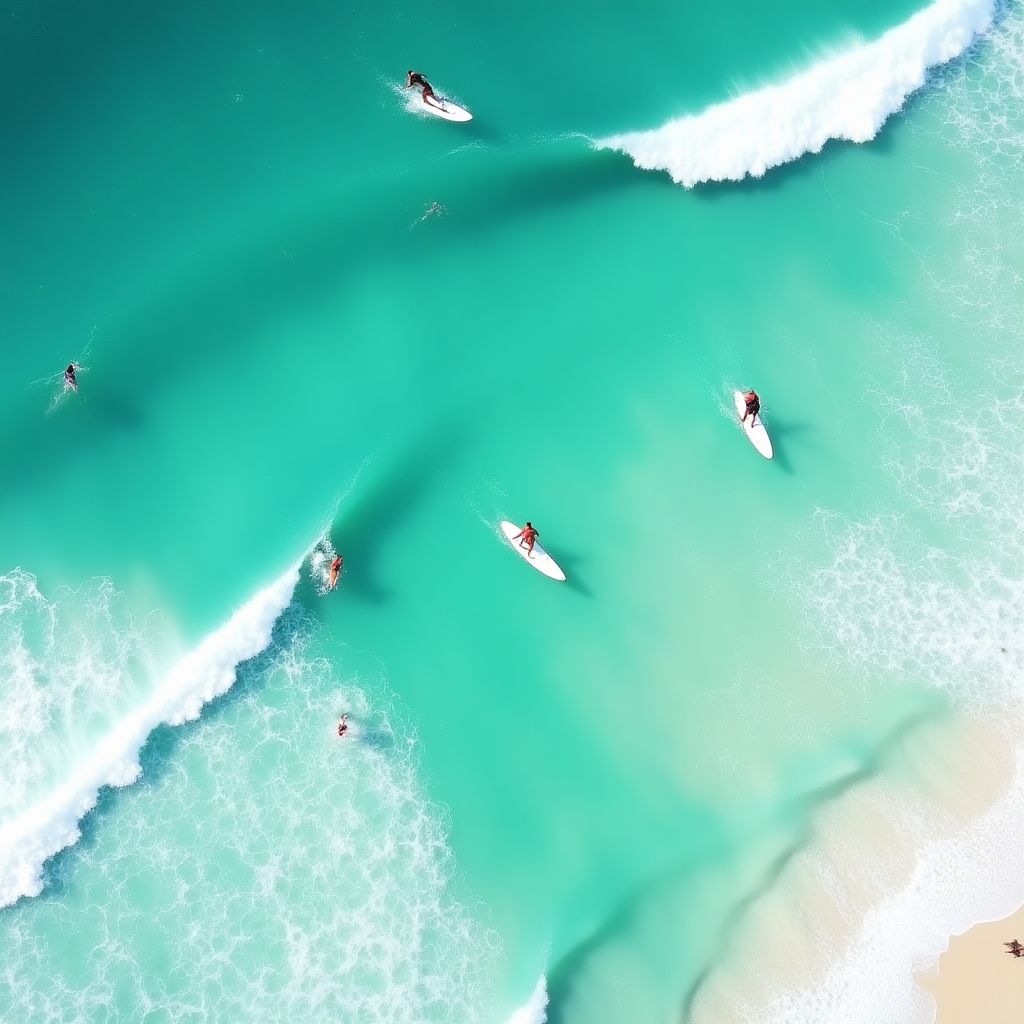
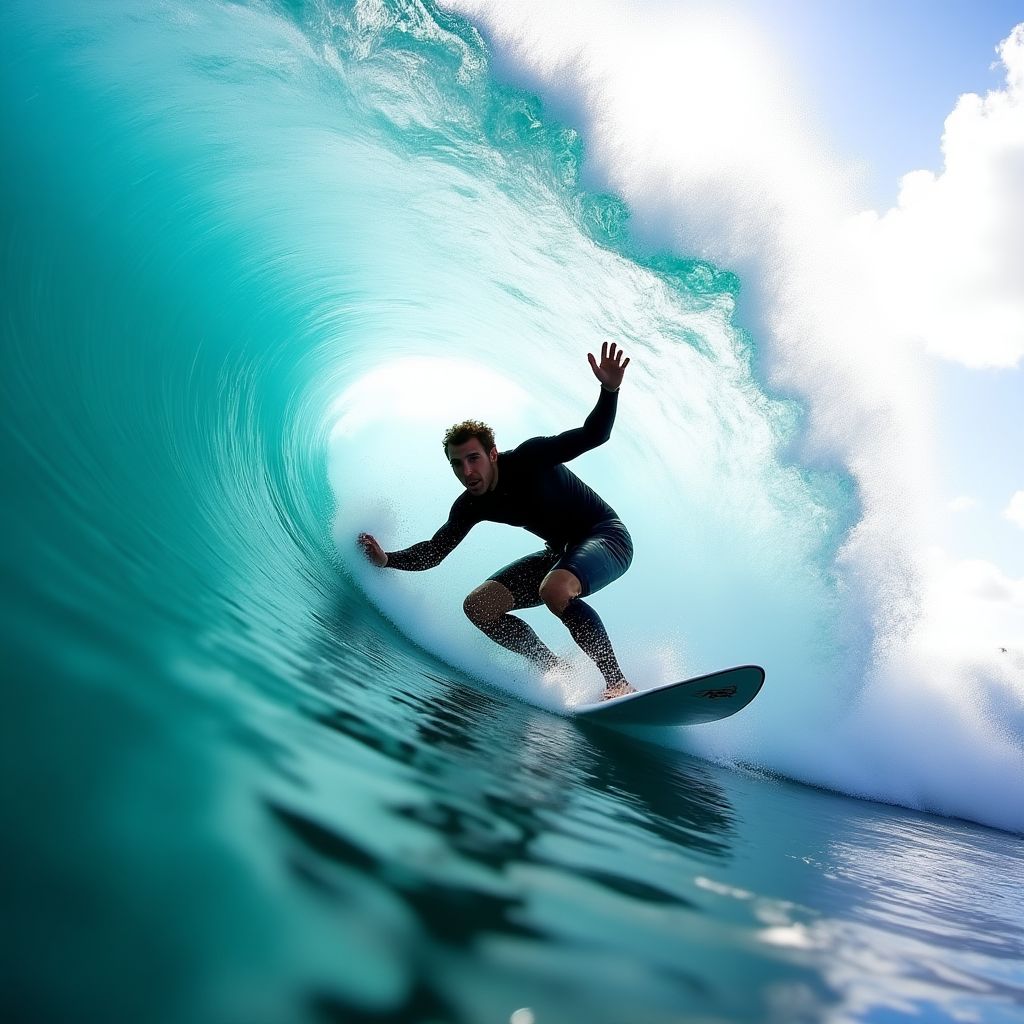
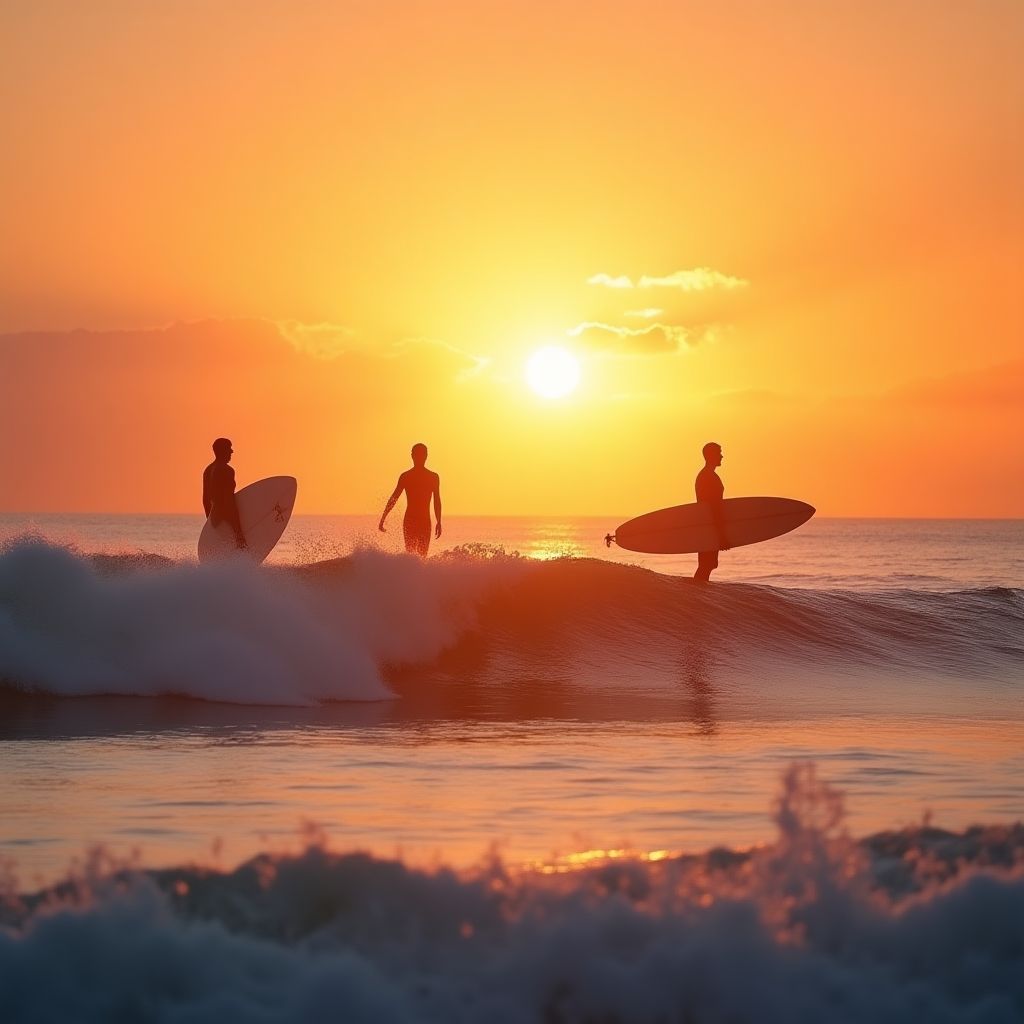

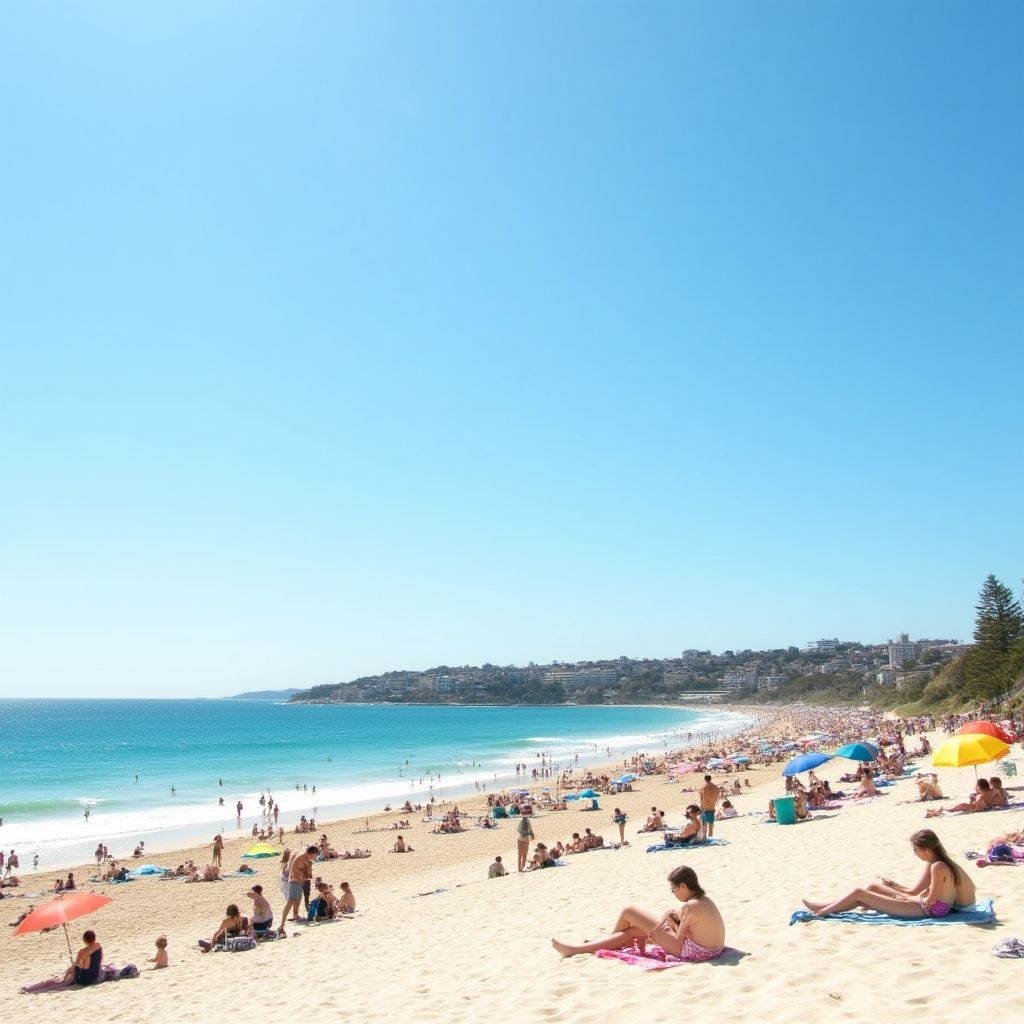
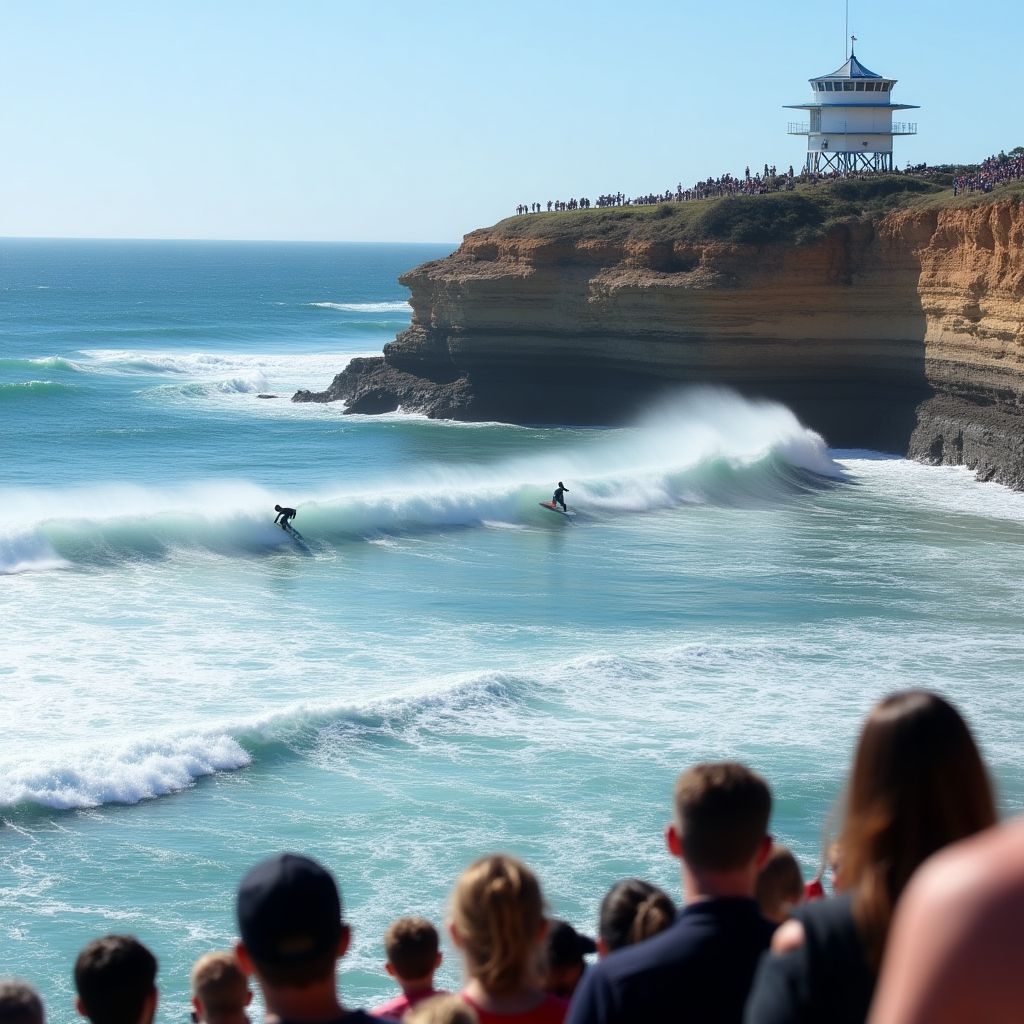
Surf Australia Resources
Discover more about Australia's incredible surfing destinations through these carefully selected guides and articles.
Visiting The Gold Coast Australia: The Ultimate Gold Coast Guide
Nov 15, 2021 ... It has a younger vibe, it's super fun and relaxed and just generally has the best lifestyle, best beaches and surf and best cafes. Living in ...
Australia's Beaches: The Best Beaches for Sun, Surf, & Adventure
Jul 21, 2025 ... With its perfect right-hand point break, this beach is a paradise for those seeking the best surfing in Australia. Byron's relaxed vibe is great ...
A Quick Guide to Manly Beach in Sydney, Australia
Feb 1, 2022 ... the best beach bubble on earth. ... Manly Beach – One of Australia's most famous surfing beaches and where the first World Surfing Championship ...
Australia's best beach break destinations: a Christmas road trip guide
We're spending our time at a simple little beach house where we'll be fishing, swimming, surfing and relaxing to our heart's content. Is there anything better ...
Hit The Road To These NSW Surf Towns Where Time Slows
Oct 1, 2025 ... South West Rocks is ideal for families too, thanks to its calm waters. The beach here feels sheltered, with gentle waves perfect for little ones ...
Where to stay in Bali
Jan 23, 2025 ... Canggu is more relaxed and has great surf along with excellent beach bars and clubs and a thriving arts scene. You'll also find lots of yoga ...
Surf Innovation
Australia leads the world in surfing innovation, from eco-friendly boards to cutting-edge wave forecasting technology.
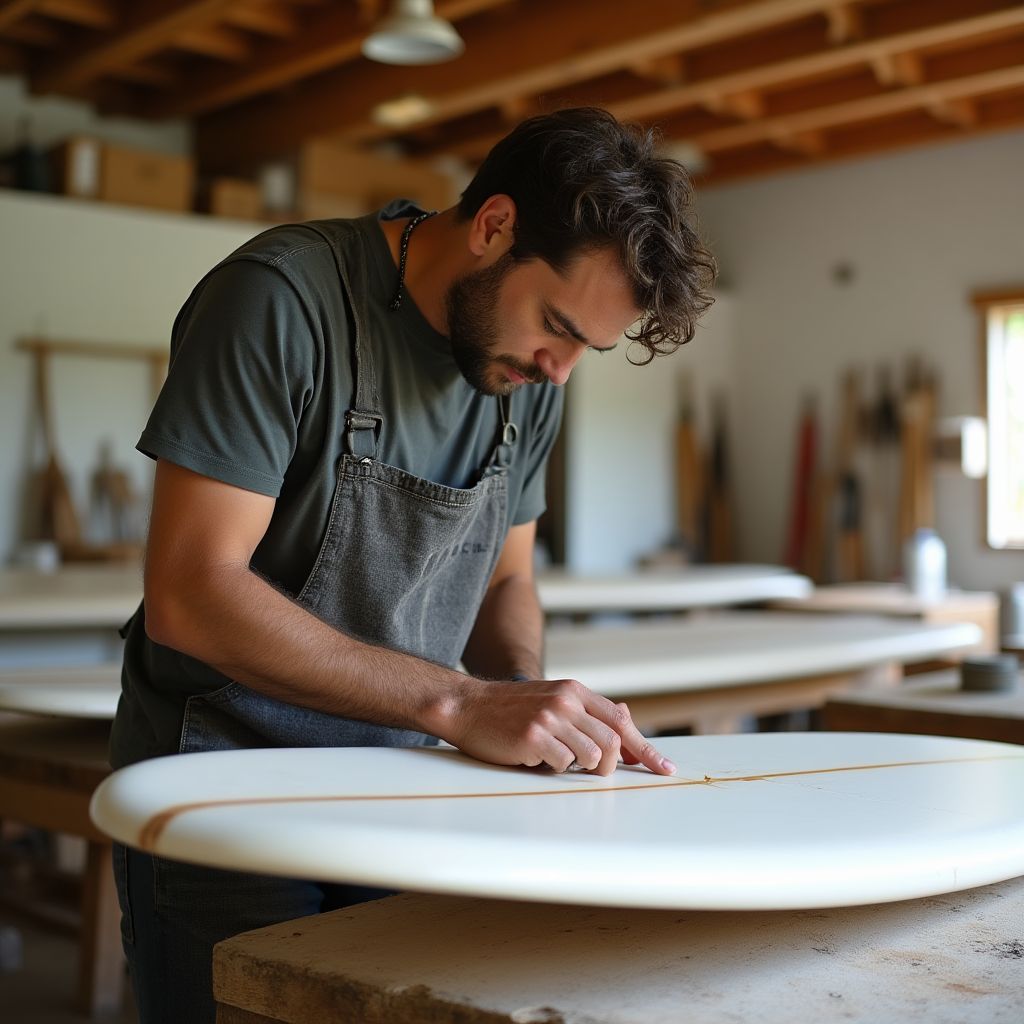
Sustainable Surfing
Australia's surf culture has embraced sustainability with revolutionary eco-friendly surfboard designs taking center stage in recent years. Traditional polyurethane foam boards are being replaced with innovative alternatives using recycled materials, bio-resins, and sustainably harvested timber. Brands like Earth Technologies and Firewire are pioneering carbon-neutral manufacturing processes while maintaining high-performance standards that satisfy even professional surfers.
The innovation extends beyond equipment to the entire surfing ecosystem. Australian surf reserves now employ cutting-edge reef restoration techniques to improve wave quality while enhancing marine biodiversity. Beach clean-up initiatives utilize advanced microplastic filtering systems developed by Australian marine scientists, demonstrating how the surfing community is driving environmental technology forward.
Perhaps most impressive is Australia's leadership in wave forecasting technology. Sydney-based Coastalwatch has developed AI-powered wave prediction systems that analyze oceanic patterns, wind conditions, and tidal movements to provide surfers with unprecedented accuracy in forecasting. These innovations not only enhance the surfing experience but contribute to safety by predicting dangerous conditions before they develop.
Eco-Friendly Boards
Recycled foam cores, bio-resins, and sustainable timber are revolutionizing board construction.
Wave Technology
AI-powered forecasting systems providing unprecedented accuracy for surf conditions.
Reef Restoration
Advanced techniques improving wave quality while enhancing marine biodiversity.
Surfing Accolades
Australia's beaches have earned international recognition for their exceptional surfing conditions and natural beauty.
World Surfing Reserve
Gold Coast was designated as a World Surfing Reserve in 2016, joining an elite list of globally recognized surf locations preserved for their exceptional wave quality and surf culture significance.
WSL Championship Tour
Australia hosts three World Surf League Championship Tour events annually at Bells Beach, Margaret River, and the Gold Coast, more than any other country in the world.
Olympic Champions
Australian surfers have dominated international competition, including multiple Olympic medals since surfing became an Olympic sport, highlighting the quality of Australia's surf breaks for training elite athletes.
National Geographic Recognition
Byron Bay and Noosa were named among National Geographic's "Top 20 Surf Towns in the World," celebrated for their perfect combination of quality waves and lifestyle amenities.
Surf Culture Heritage
Torquay (home of Bells Beach) is recognized as the birthplace of iconic surf brands Rip Curl and Quiksilver, cementing Australia's place in global surf industry leadership.
Environmental Excellence
Australian surf spots consistently rank among the world's cleanest beaches, with multiple locations earning Blue Flag certification for environmental management and water quality excellence.
Frequently Asked Questions
Planning a surf trip to Australia? We've compiled answers to the most common questions to help you prepare for an unforgettable surfing adventure.
Australia offers year-round surfing due to its vast coastline spanning different climate zones. For the east coast (Gold Coast, Byron Bay), February to May provides the most consistent conditions with warm water and regular swells. The southern coast (Bells Beach, Margaret River) peaks during autumn and winter (March-August) when powerful Southern Ocean swells arrive. Northern beaches like those in tropical Queensland are best during the dry season (April-November) when winds are offshore and cyclone swells create perfect conditions. For beginners, spring (September-November) generally offers smaller waves and warmer waters nationwide.
While you can bring your own board, it's not necessary as Australia has excellent rental options at all major surf destinations. Most surf schools and shops offer high-quality boards suited to local conditions, saving you airline surfboard fees. If you're staying for more than two weeks, consider purchasing a second-hand board through local surf shops or online marketplaces like Gumtree, then reselling it before departure. For serious surfers with specific preferences, bringing your favorite board might be worthwhile, but remember to invest in a good travel board bag and check your airline's specific surfboard policies and fees.
Crowd levels vary significantly by location, season, and time of day. Iconic breaks like Snapper Rocks (Gold Coast), Bells Beach, and Byron Bay's The Pass can become extremely crowded during peak conditions and weekends. However, Australia's extensive coastline means you can usually find less crowded alternatives nearby. Early morning sessions (dawn patrol) typically offer the least crowded experience, even at popular spots. Weekdays are significantly less busy than weekends. For a more solitary experience, consider exploring less famous breaks or visiting during shoulder seasons. Even at crowded breaks, Australian surf etiquette is generally well-observed, making for a more organized lineup than in many other countries.
While Australia is known for its marine life including sharks, the risk to surfers is statistically very low. Many popular beaches employ shark monitoring systems, drone surveillance, and in some areas, protective nets or SMART drumlines. More dangerous than sharks are rip currents, which claim more lives annually. Always surf at patrolled beaches when possible, and learn to identify and escape rip currents. During summer months in Northern Australia, box jellyfish and Irukandji can be present – follow local advice and wear protective clothing if recommended. The safest approach is to check with local surf shops or lifeguards about current conditions and follow their guidance regarding all marine hazards.
Beyond the obvious surfing gear, pack high-SPF sunscreen (reef-safe recommended), a rash guard with UV protection, and a good hat for sun protection as Australian UV levels are extremely high. Wetsuit requirements vary by region and season: northern beaches may require only boardshorts/swimwear year-round, while southern waters might need a 3/2mm wetsuit in summer and 4/3mm with boots in winter. Bring a surf-specific first aid kit including antiseptic for reef cuts and butterfly bandages. A waterproof phone case and portable charger are handy for navigation to remote breaks. Finally, research local marine park regulations as some areas have specific rules to protect the environment.
Absolutely! Australia offers numerous beginner-friendly beaches with gentle, sloping sandbanks perfect for learning. Locations like Coolangatta Beach (Gold Coast), Byron Bay's Main Beach, Noosa's Little Cove, and Manly Beach in Sydney provide ideal learning conditions. Always start with a proper surf lesson from an accredited surf school – Australia has some of the world's best instructors who emphasize safety alongside technique. Most popular beaches have flags indicating safe swimming areas patrolled by lifeguards – beginners should stay within or near these zones. Even as a novice, familiarize yourself with basic surf etiquette to ensure a positive experience for yourself and others in the water.
Plan Your Surf Adventure
Ready to experience Australia's legendary surf breaks? Contact us to customize your perfect surfing holiday or book one of our specialized surf tours.
Opening Hours
Monday - Sunday: 6:00 AM - 6:00 PM
Surf School Hours: 7:00 AM - 4:00 PM
